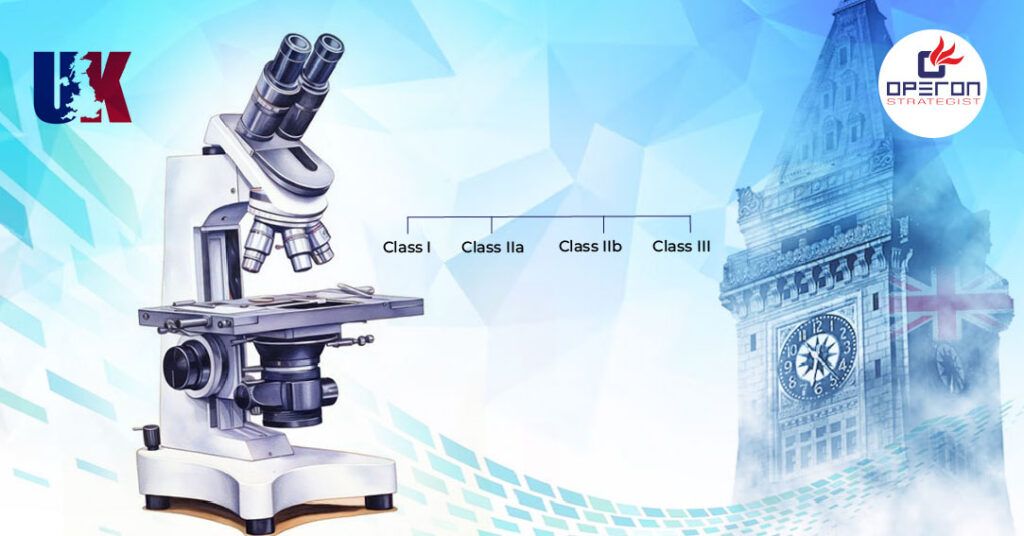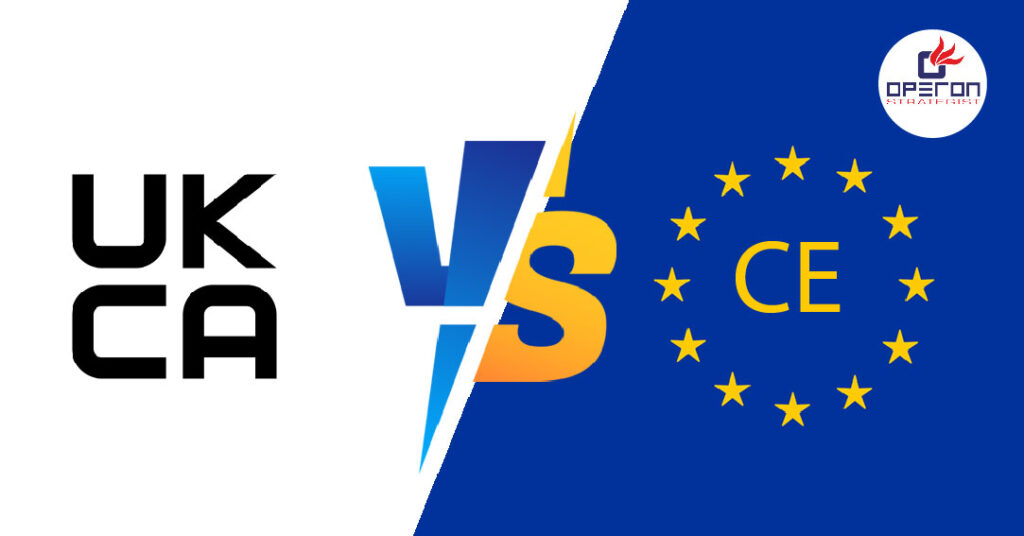UK Medical Device Classification
Navigating the UK’s medical device regulatory landscape can be overwhelming, especially following the UK’s departure from the EU. In this article, we’re breaking down the UK Medical Device Regulations 2002 (UK MDR 2002)—from classification basics to conformity assessment—so that manufacturers, distributors, and healthcare professionals can better understand their compliance obligations.
What Is the UK MDR 2002?
The Medical Devices Regulations 2002 were originally enacted to transpose the EU medical device directives into UK law. These include:
- Active Implantable Medical Device Directive (90/385/EEC)
- Medical Device Directive (93/42/EEC)
- In-Vitro Diagnostic Directive (98/79/EC)
Post-Brexit, the UK has retained this framework, making targeted amendments to suit the new regulatory independence. While these adjustments fill some of the immediate regulatory gaps, more substantial UK-specific legislation is anticipated.
Let's Connect! Your Queries, Our Expertise!
Why Medical Device Classification Matters
Medical devices are classified based on risk. This classification determines:
- The level of regulatory scrutiny.
- The conformity assessment route.
- The type of documentation and quality systems required.
A correct classification ensures patient safety, smooth regulatory navigation, and legal market entry in the UK.
Defining a Medical Device Under UK MDR 2002
A medical device under UK law includes any instrument, apparatus, software, material, or other article intended for medical purposes such as diagnosis, prevention, monitoring, treatment, or alleviation of disease, injury, or handicap.
The key criterion is not achieving its principal intended action through pharmacological, immunological, or metabolic means, though such means may assist.
Before moving to classification, clearly define your device’s intended purpose, user base, mode of action, and application environment. This will help determine whether it qualifies as a medical device under UK MDR.
Examples of Medical Devices
The scope is broad. Products may include:
- Basic: Bandages, surgical gloves, syringes.
- Diagnostic: MRI, CT scanners, ultrasound.
- Implantables: Hip replacements, breast implants.
- Active Devices: Ventilators, infusion pumps.
- Software: Digital health apps, conception support, diagnostic aids.
Risk-Based UK Medical Device Classification Categories
UK MDR classifies devices into four main categories:
Class | Risk Level | Examples |
Class I | Low | Conductive gels, dental mirrors, wheelchairs |
Class IIa | Medium | Surgical gloves, dental aspirator tips, and hydrogel dressings |
Class IIb | Medium-High | Lung ventilators, diagnostic X-ray equipment |
Class III | High | Hip implants, absorbable sutures, and aneurysm clips |
Note: Class I devices provided sterile or with measuring functions require additional scrutiny and may need a Conformity Assessment Body (CAB) review.
How Classification Rules Work
Classification is based on Annex IX of the EU MDD, which still applies in UK law.
Each rule defines device types and use conditions. For example:
Rule 5 deals with non-surgically invasive devices:
- Transient use = Class I
- Short-term use = Class IIa
- Long-term use = Class IIb
Always document your rationale when applying these rules. If more than one rule applies, go with the one resulting in the highest classification.
Conformity Assessment Process
Once classified, your next step is conformity assessment.
- Class I (non-sterile/non-measuring): Self-declaration, no CAB needed.
- Class I (sterile/measuring), IIa, IIb, III: Require CAB assessment.
For Class III Devices:
Per Article 11 of the EU MDD (still referenced by UK MDR):
- Choose between:
- Annex II (Full Quality Assurance)
- Annex III + Annex IV or V (Type examination + verification or production QA)
- Annex II (Full Quality Assurance)
You must prepare:
- Technical documentation
- Quality Management System (QMS)
- Design dossier (for Class III and AIMDs)
Once approved by a UK Conformity Assessment Body, your device receives a UKCA certificate—your green light to market in the UK.
Active Implantable Medical Devices (AIMDs)
AIMDs, such as pacemakers, cochlear implants, and implantable infusion pumps, are regulated under the AIMDD (90/385/EEC). These devices:
- Rely on an external energy source.
- They are intended to remain in the body post-implantation.
Although not assigned a numbered class, AIMDs follow a Class III-like conformity assessment, typically using Annex 2 or Annex 3 + 4/5 of AIMDD.
In-Vitro Diagnostic Devices (IVDs)
IVDs are covered under the IVDD (98/79/EC) in the UK. These include:
- Reagents
- Kits
- Analyzers
- Control materials
They are used in vitro to examine specimens like blood or tissue. The classification and assessment procedures for IVDs are distinct and merit their own detailed discussion.
Get Expert Guidance on UK Medical Device Classification and UKCA Certification
Need help with UK medical device classification and certification?
Understanding the UK MDR 2002 and meeting UKCA requirements can be confusing. Our expert team at Operon Strategist is here to support you at every step—from identifying the correct device classification and preparing technical documentation to setting up your quality management system and coordinating with UK Conformity Assessment Bodies (CABs).
Let us simplify the compliance process and help you get your device approved for the UK market. Contact us today to get started!



